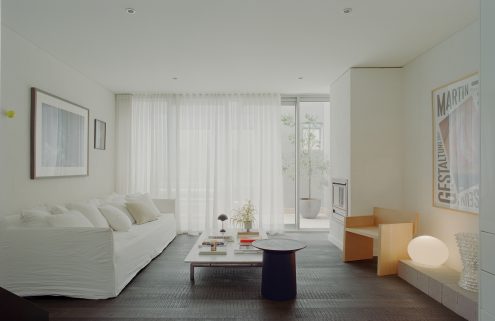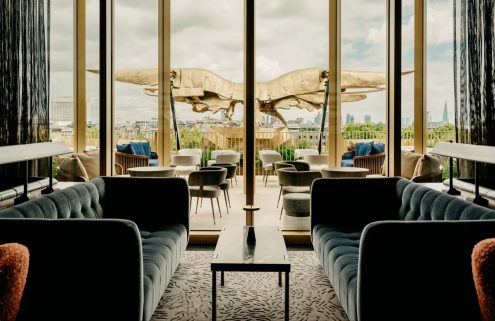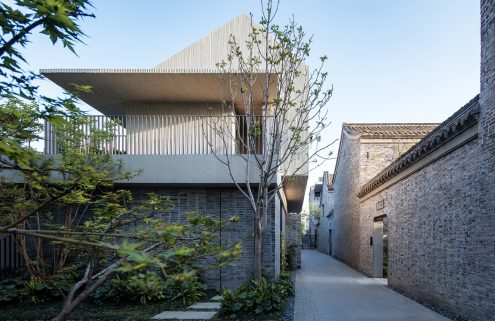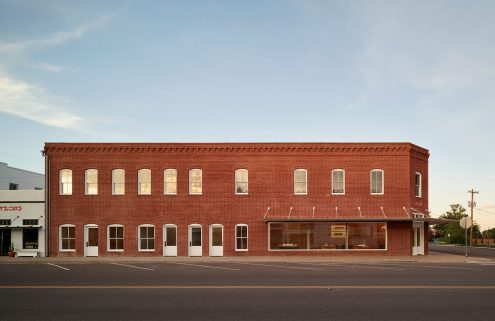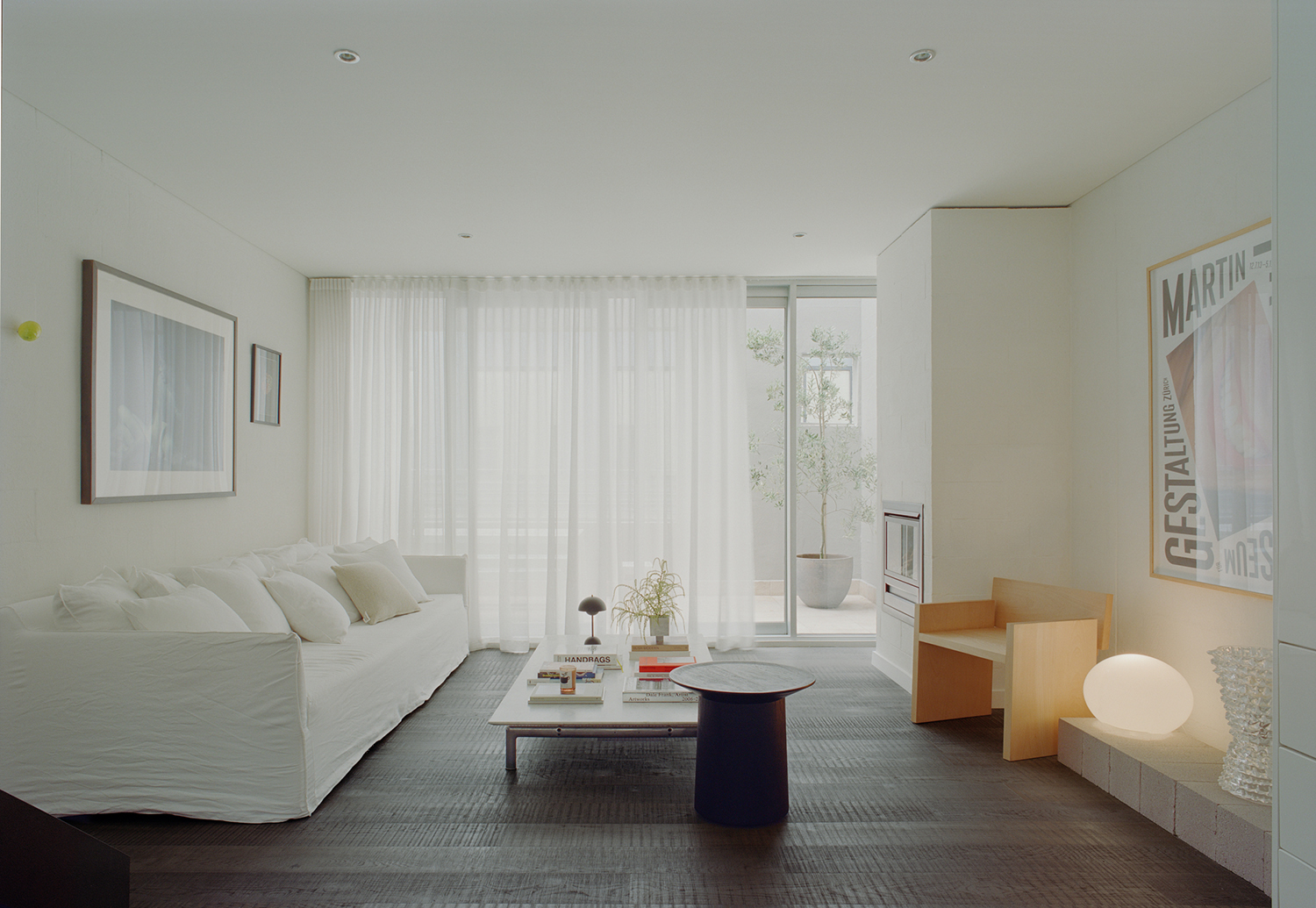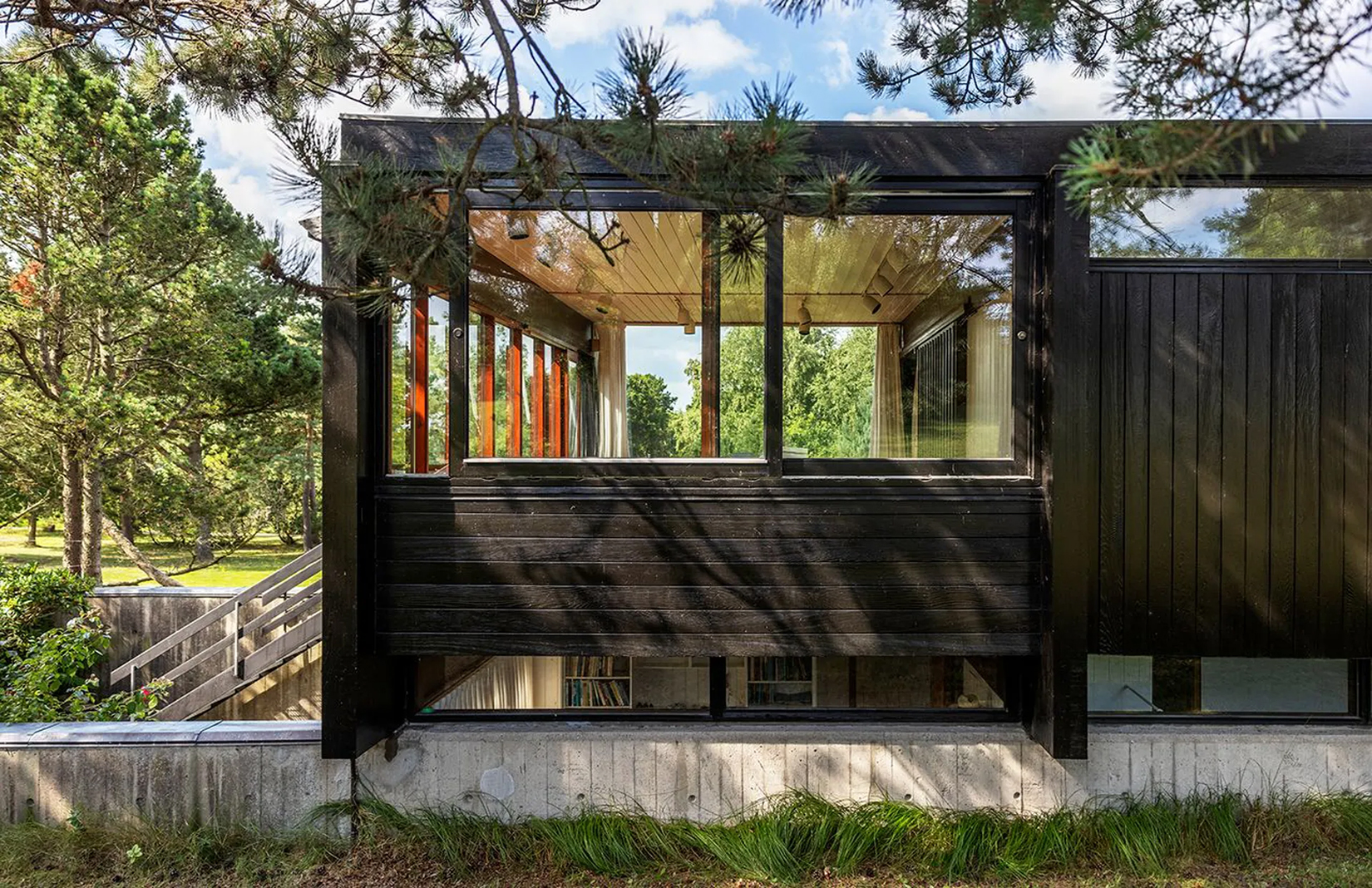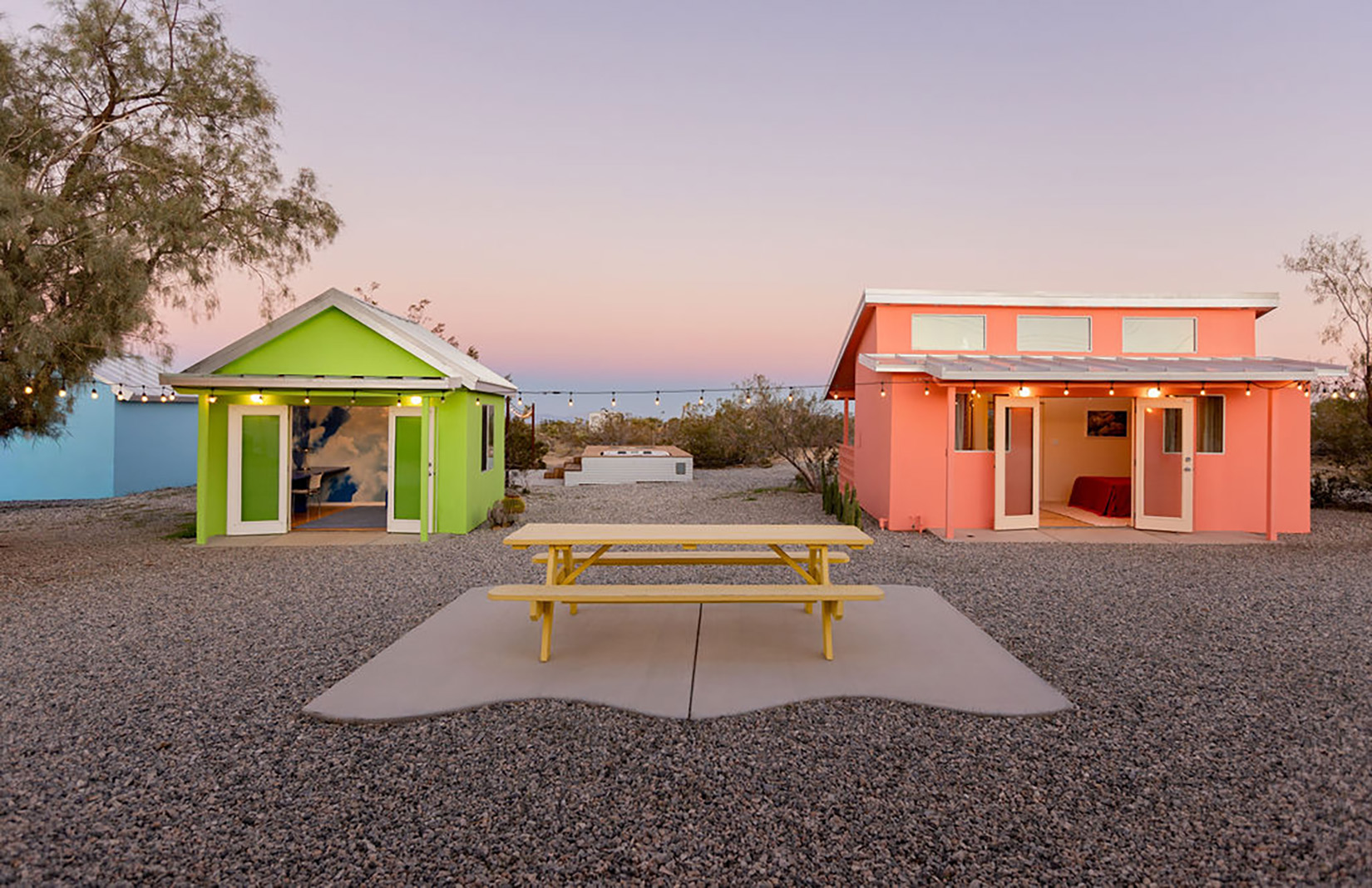Old became new in 2017, with many historic buildings around the world shaking off their former identities and being reconfigured in a variety of creative ways. Here are nine of our favourite adaptive reuse projects that demonstrate the power of architectural reimagination.
Zeitz MOCAA, Cape Town, South Africa
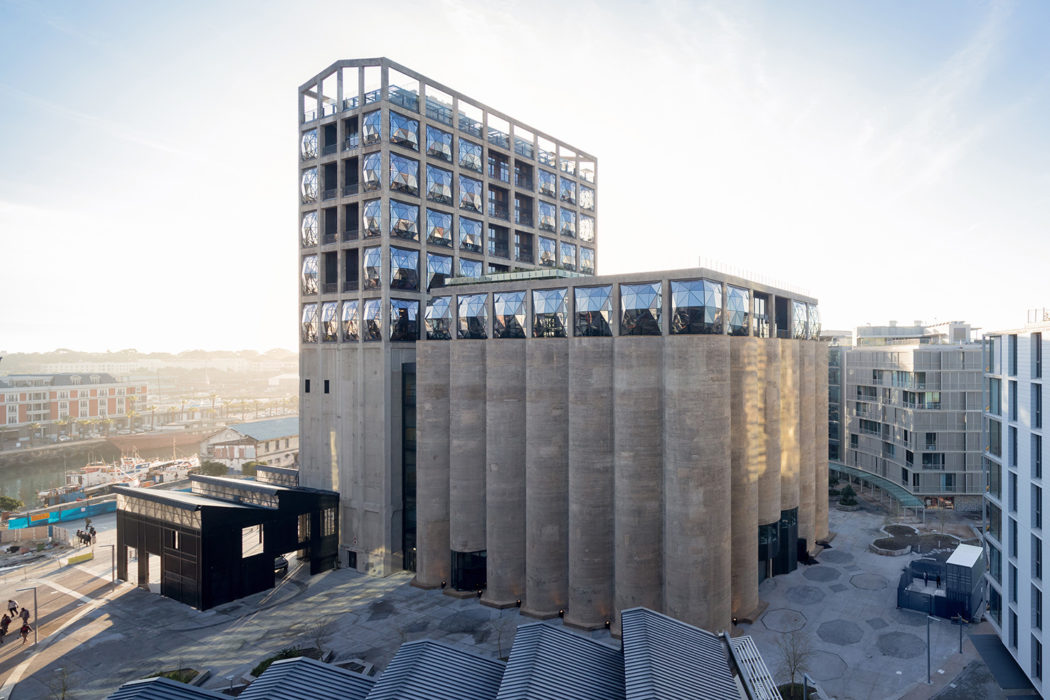
In 2017, Thomas Heatherwick saw his plans for a Garden Bridge across the Thames collapse, but it wasn’t all bad. The architect also masterminded the adaptive reuse of a 1920s grain silo on Cape Town’s waterfront, transforming it into Zeitz MOCAA, South Africa’s largest art museum.
The Department Store, Brixton, London
This Edwardian building has had many past lives, including as a department store and a squat den. This year it was reborn as the London headquarters of architectural firm Squire & Partners, who have preserved traces of its past, like graffiti and chipped plaster on the walls, but brought the building into the 21st century by adding a vaulted rooftop restaurant.
Kanaal, Antwerp, Belgium

This year Axel Vervoordt unveiled Kanaal, his cultural and residential complex set in an old malting distillery outside Antwerp. Created in collaboration with architectural practices Bogdan & Van Broeck, Coussée & Goris and Stéphane Beel, it features apartments, galleries, offices, a bakery, a restaurant and an auditorium. ‘It’s a place where art, architecture and nature become one,’ Vervoordt told us.
Alila Yangshuo Hotel, Guangxi, China

Beijing-based Vector Architects took on this ambitious adaptive reuse project, turning a 1960s sugar mill complex into new resort, Alila Yangshuo Hotel. They transformed the cluster of industrial buildings and old sugar cane truss using perforated concrete and latticed wood, creating a striking blend of old and new, all centred round a reflecting pond and elevated swimming pool.
Elbphilharmonie, Hamburg, Germany

Herzog & de Meuron’s ambitious Hamburg concert hall complex took 16 years to complete, but finally hosted its first concert in January 2017. With a red brick waterfront cocoa factory as its base, the old building is crowned with a gleaming silver construction made from 2,200 glass panels. The building’s status was confirmed this week, when Karl Lagerfeld transformed it into the setting for Chanel’s Metiers d’Art show.
The Ned, London

In a year of hotly anticipated openings, none achieved as much buzz as The Ned, Soho House’s first foray into London’s City district. The project involved the adaptive reuse of the former Midland Bank headquarters, built in 1924 by architect Edward Lutyens. It is now a hotel, club and dining venue named in Lutyens’ honour. New visitors should descend to the Vaults, where, hidden behind a 20-tonne door with 3,800 deposit boxes lining the walls, is a 1920s-style cocktail bar.
The Warehouse Hotel, Singapore

An old spice warehouse – or ‘godown’ – in Singapore’s red light district has been given a new identity as a 37-room hotel through the intervention of architecture practice Asylum. The striking triple pyramid exterior has been maintained, while inside wheels and gears hang from the ceiling, making a nod to the building’s past and emphasising the soaring ceilings.
Mout Foodhall, Hilversum, The Netherlands

Once a car factory dismissed as ‘the ugliest building in Hilversum’, this 1912 structure has had an overhaul by architectural firm Zecc Architecten, who have turned it into a food haven with a market and basement brewery. Best of all, the restructuring work has had a Cinderella effect, revealing beautiful Art Nouveau bones under the ugly 1970s cladding.
Crosstown Concourse, Memphis, USA

Opening to great fanfare in 1927, the Sears, Roebuck & Company catalog order plant was one of the biggest shopping destinations of its age, but shut down in 1993 after decades of decline in the mail order business. Having stood empty for years, the ten-storey building has reopened as a ‘mixed-use vertical urban village’. Projects include Archimania’s newly completed Memphis Teacher Residency – a minimalist, 1,448-square-foot hub of staff offices, flexible classrooms and communal areas that was completed for just £64 per square foot.
Read next: London’s Haggerston Baths to be turned into a retail and work hub
